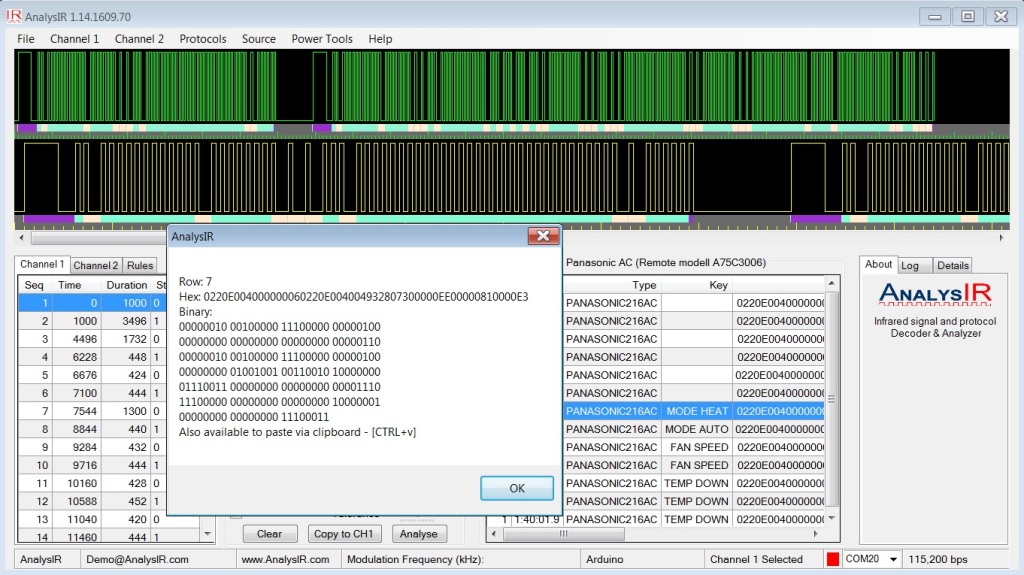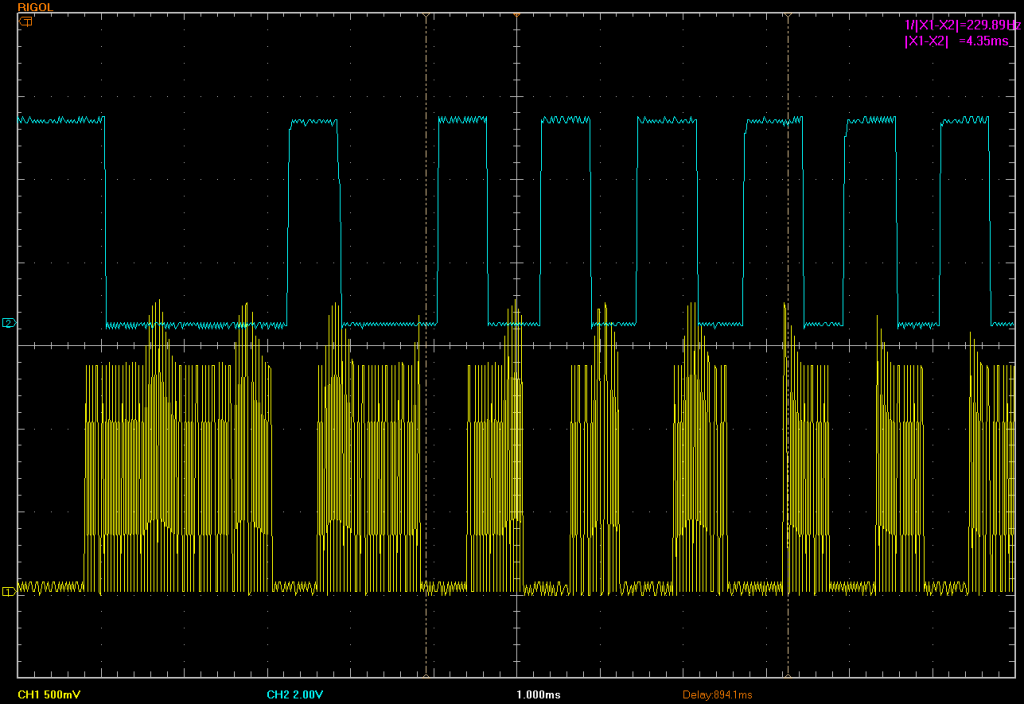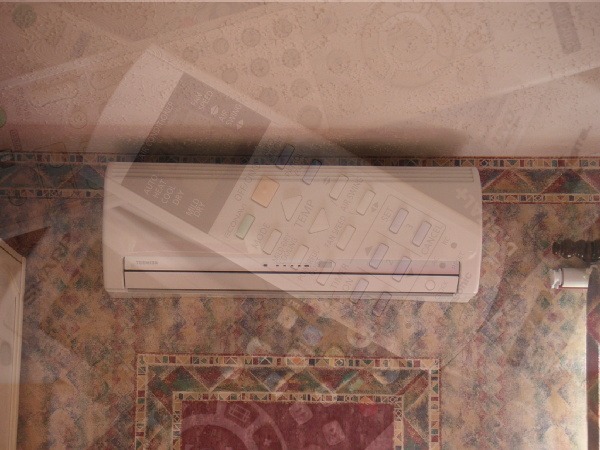This post is the second in a two-part series about Reverse Engineering AC Infrared protocols. This time we look at the Mitsubishi Air Conditioner IR Protocol. The project was undertaken by two of our users in France (Vincent & Mathieu), with the help of AnalysIR, who collaborated to reverse engineer this Mitsubishi and previously the Panasonic AC Infrared protocol, both examples of the more challenging AC Infrared protocols. Not only did they identify the individual field codes & checksum but also provided some impressive documentation. Detailed information is available via GitHub which is linked below. This 288 data bit Mitsubishi AC Infrared protocol is composed of two consecutive frames. Both frames are always identical for each signal sent. In common with most AC units the complete settings are sent with every IR signal (temperature, fan, swing etc…). AnalysIR was used to record and turn the signal into HEX/Binary format from which the reverse engineering of the individual fields was tackled.

Continue reading Reverse engineering the Mitsubishi AC Infrared protocol










